
7 Reasons Using a Baby Carrier is Great for Breastfeeding Mothers
1.Using a Baby Carrier Helps Breastfeeding
Whilst there is no need to cover up when nursing in public, some women may feel more confident when they have a baby carrier to help support breastfeeding.
We are delighted that the law in Scotland supports and defends women feeding in public and we celebrate that there is no need to attempt to be subtle or hide away when feeding. We also understand that for some the thought of feeding in public can be a daunting experience, however a sling can really help – not only for the practicality of being able to use your carrier as a feeding aid but also for early detection of feeding cues and noticing your baby is hungry before they get upset (and vocal).
"Breastfeeding in public is likely to attract more attention if the baby has reached the point that he is crying frantically when the mother tries to offer the breast. If the baby is already close to mother in a sling, she can respond as soon as he shows early feeding cues, such as rooting for the breast or sucking on his hands. She can adjust his position and her clothing and have him peacefully nursing before anyone even notices"[1]
2.Using a baby carrier helps breastfeeding when out and about
Carrying enables feeding on the go. It acts as a support so that you can feel more mobile.
Always remember your safety checks when breastfeeding in a baby sling or carrier
- Using a sling or carrier for breastfeeding is not hands free - you must always use one hand to support baby’s head.
- Never use the sling fabric to support your baby’s head; they must be able to latch off and on freely.
- Constantly monitor your baby when breastfeeding.
- Ensure baby always has good airflow, their back is supported so they are not slumped, and their chin is not pressed against their chest.
- Be aware of trip hazards when loosening a woven wrap.
- When you finish nursing, immediately return your baby to the normal upright carrying position and re-tighten the sling to be hands-free again.
Learn more about how to breastfeed in baby carriers and slings
3.Breastfeeding in a baby carrier helps you respond quickly to feeding cues
Babies give many feeding cues prior to crying for milk such as rooting, sucking on their hands, moving their head or opening and closing their mouths – though some may be subtle they're clearly recognisable. Studies have shown that carers are more responsive to their babies when they are carried in a sling. The proximity helps you to be more aware of their needs.

4. Breastfeeding in a baby carrier helps with skin to skin time
You can remove clothing and simply carry your little one in the baby carrier whilst using it as a support for nursing. This more easily enables the myriad benefits of skin to skin contact.
When I was having breastfeeding difficulties everyone suggested skin to skin contact, but how was I meant to do that when I had a toddler and lots of windows with people walking by- Realising I could be undressed and so could my baby, prior to wrapping, was a revelation for me. I could be skin to skin with my baby and yet only we knew

5.Using a baby carrier promotes breastfeeding for longer and more frequently
One wonderful fact that we return to again and again, is that mothers who carry their babies for just one hour each day breastfeed for longer and also breastfeed their babies more frequently.[3] This may not sound like a benefit at first glance, but actually when you consider the wonders that breastfeeding does for both mother and child it all makes sense.
The NHS says:
“Any amount of breast milk has a positive effect. The longer you breastfeed, the longer the protection lasts and the greater the benefits.
Breastfeeding reduces your baby's risk of: infections, diarrhoea and vomiting, sudden infant death syndrome (SIDS), childhood leukaemia, type 2 diabetes obesity, and cardiovascular disease in adulthood
Breastfeeding and making breast milk also has health benefits for you. The more you breastfeed, the greater the benefits.
Breastfeeding lowers your risk of: breast and ovarian cancer, osteoporosis, cardiovascular disease and obesity."[4]
And so now it becomes clearer why carrying causes breastfeeding for longer and more frequently is an amazing thing!

6. Carrying Helps Release Oxcytocin
Carrying increases Oxytocin which increases milk supply, increases bonding and can help with post natal depression
We recently wrote about some of the benefits when fathers practice skin to skin, and this applies to the mothers too. While skin to skin is the most effective way of increasing Oxytocin levels, carrying close works too and an added benefit for carrying as a woman, is that the increased Oxytocin from the skin to skin and closeness stimulates milk production [5].
Read our post on skin to skin carrying for dads here.
GP and Carrying Consultant Rosie Knowles writes,
“Keeping your baby physically close is well known to improve bonding and attachment through the action of oxytocin, and reduce anxiety and depression. “The sling brought us back to an almost pregnant-like state, with him a part of me, listening to one another's cues. He was calmer for being close to me, which made me feel more confident, which brightened my mood.[6]
If you or someone you know is suffering from Postnatal depression, please speak to your local healthcare providers.
7. Reduce Refulx in Your Little One
Carrying reduces reflux which can make feeding difficult
Babies with reflux can often be unsettled when hungry and find feeding difficult. Carrying your baby can really help a baby with reflux be more settled [7] and which in turn makes feeding easier.
Visit our How to Breastfeed in an Oscha Sling for our top tips for using a woven carrier as a feeding aid!
Interested in finding out more? The research that we have looked makes for a wonderful read! We've linked a lot in the footnotes – hopefully, it'll make some good reading for you during the night feeds.
Baby Carrying Promotes Breastfeeding: Oscha Blog
La Leche League: http://www.llli.org/resources.html
NHS: http://www.nhs.uk/Conditions/pregnancy-and-baby/Pages/breastfeeding-positioning-attachment.aspx
Kelly Mom: http://kellymom.com/category/bf/
'Oxytocin, Motherhood and Bonding', NCBI
[1] http://www.lalecheleague.org/nb/nbnovdec04p204.html
[3]Pisacane, Alfredo / Contanisio, Paola / Filosa, Cristina / Tagliamonte, Valeria / Continisio, Grazie I.: “Use of baby carriers to increase breastfeeding duration among term infants: the effects of an educational intervention in Italy. In: Acta Paediatricia, 101, 2012, S.434-438
[4] http://www.nhs.uk/Conditions/pregnancy-and-baby/Pages/benefits-breastfeeding.aspx
[5] Uvnas-Moberg, Kerstin 2003: The Oxytocin Factor: Tapping the Hormone of Calm, Love and Healing, Da Capo Press Inc
[7] http://www.closeandcalm.co.uk/single-post/2016/08/31/Reflux-and-Baby-Carrying
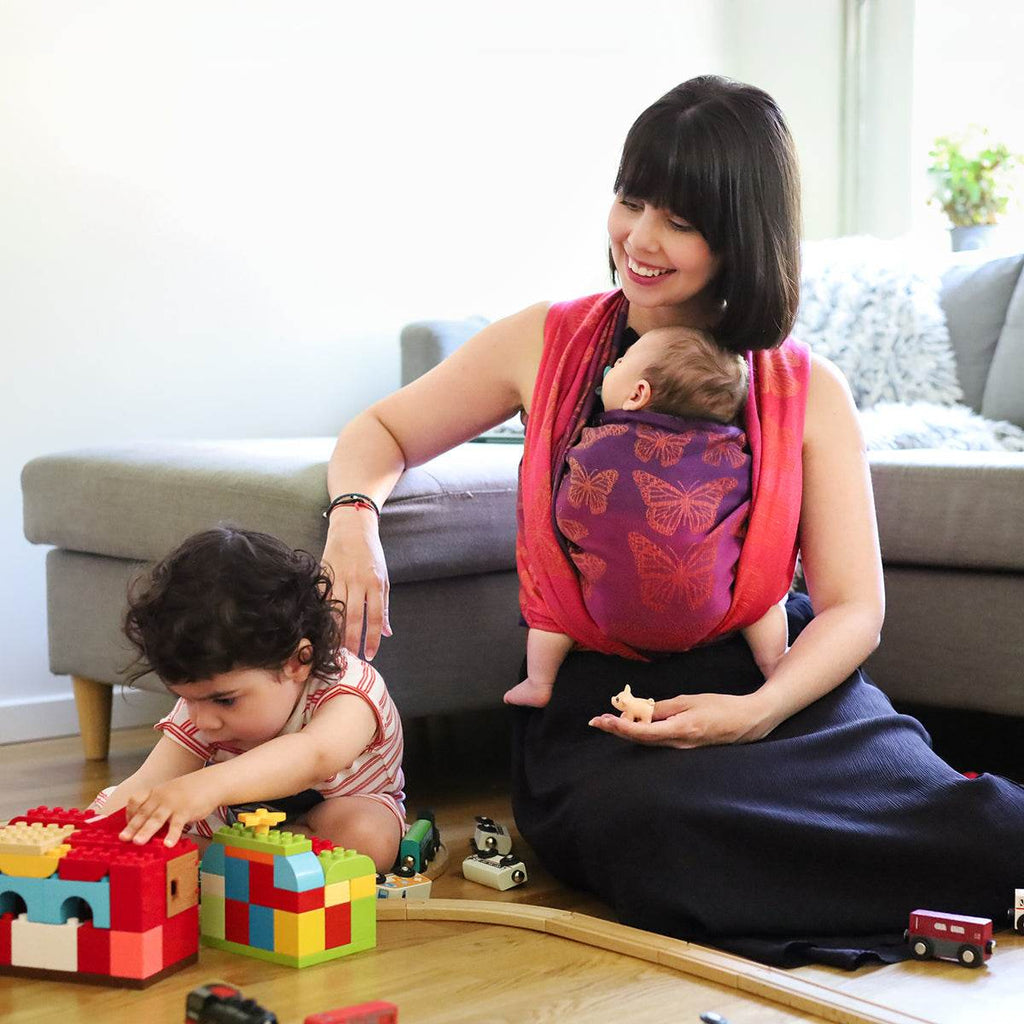
Best Baby Carrier For Newborns 2025

Grey Havens: Oscha Lord of the Rings Design Development
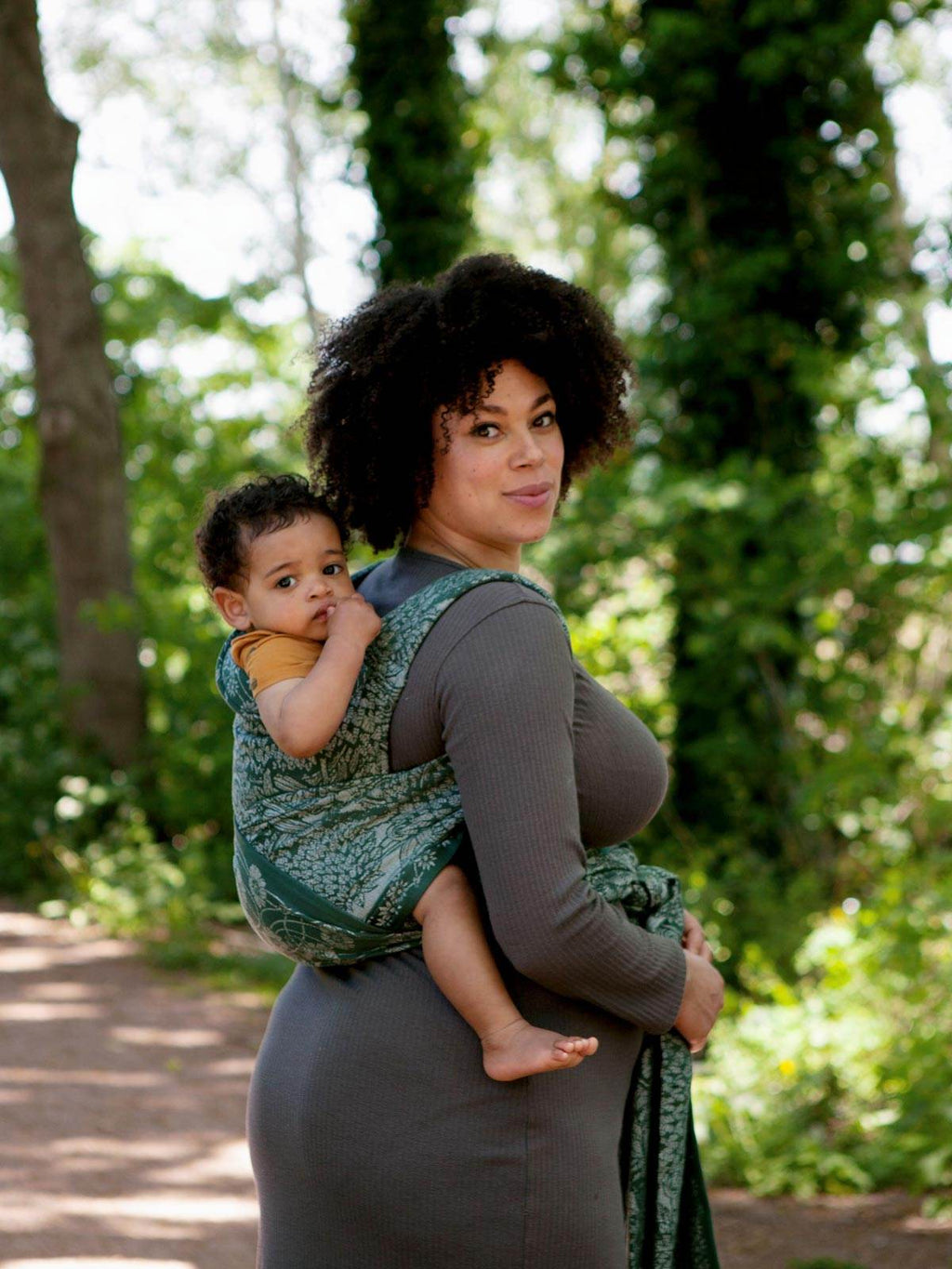
Can Baby Carriers Cause Back Pain?
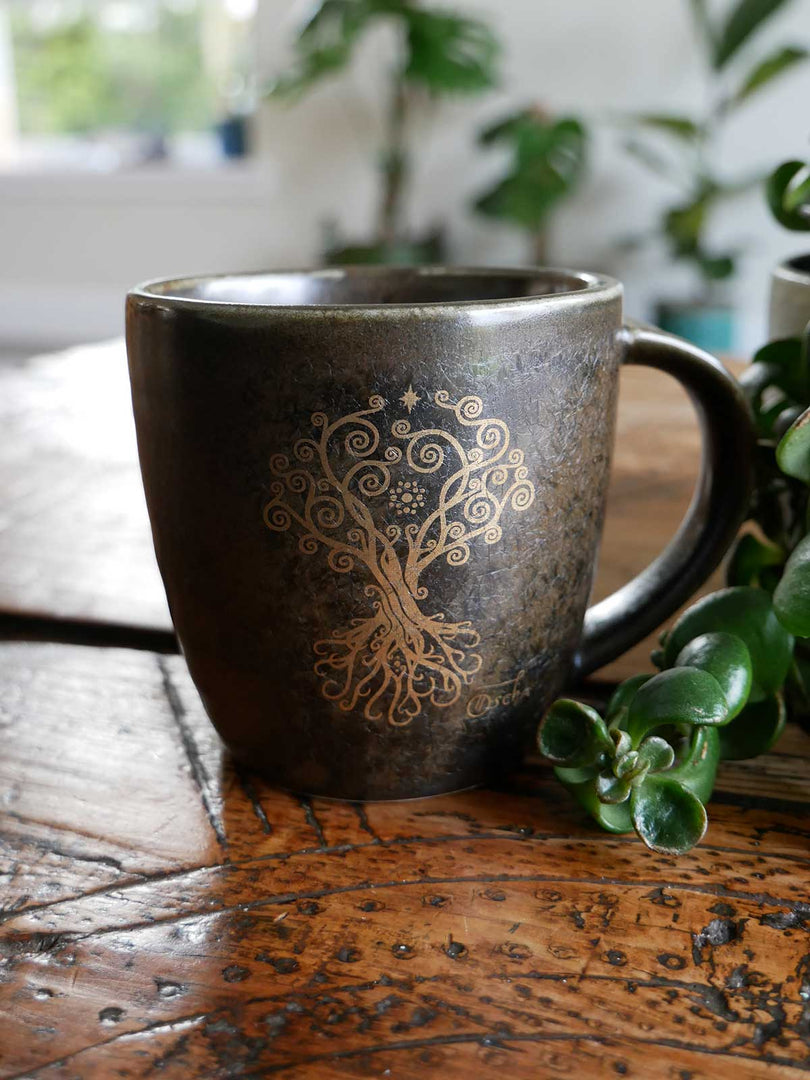



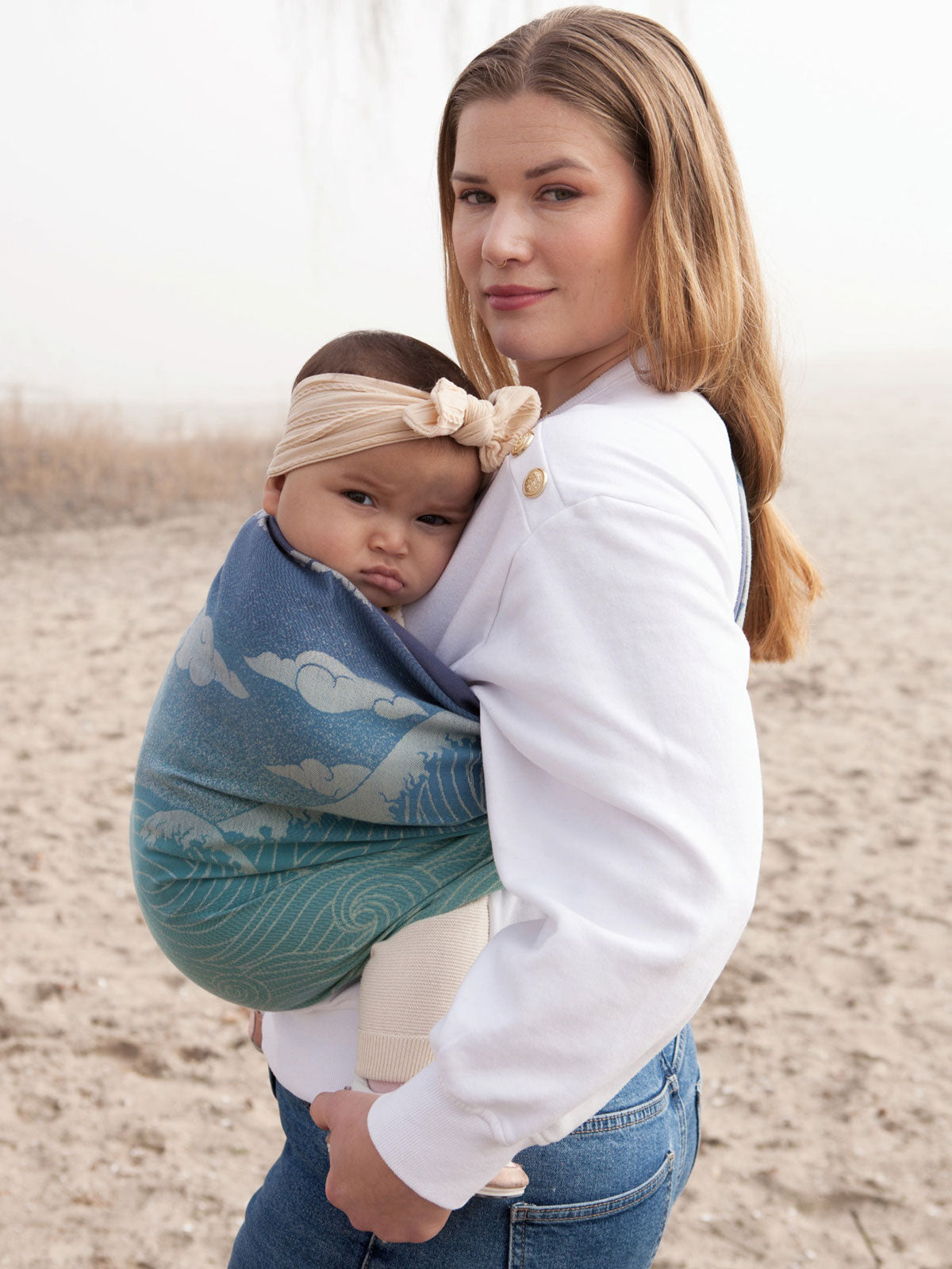
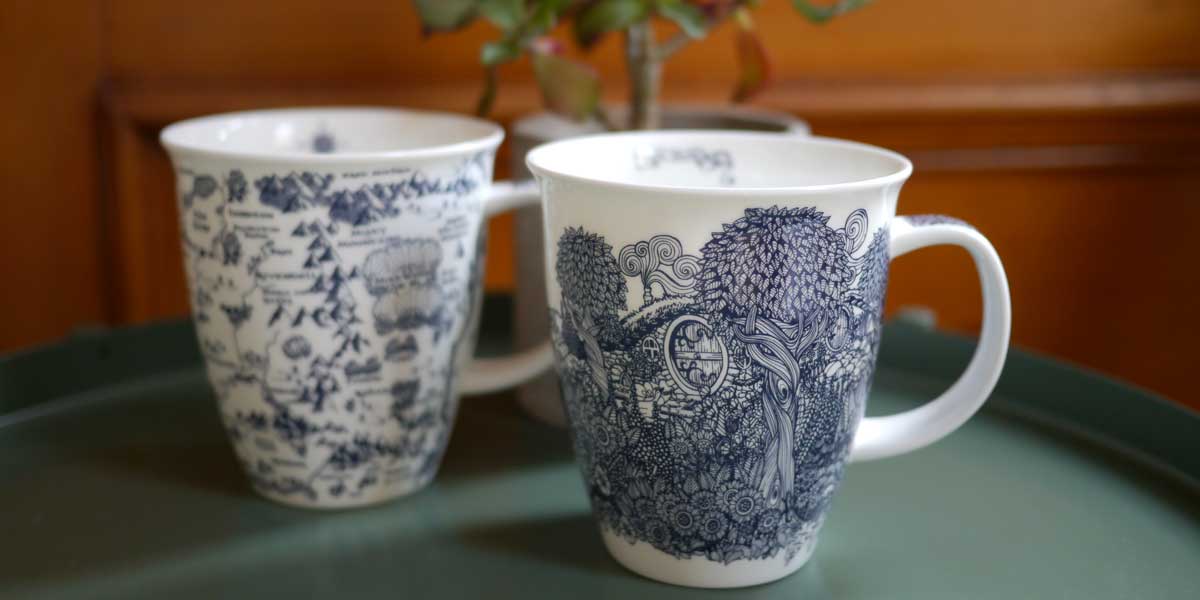
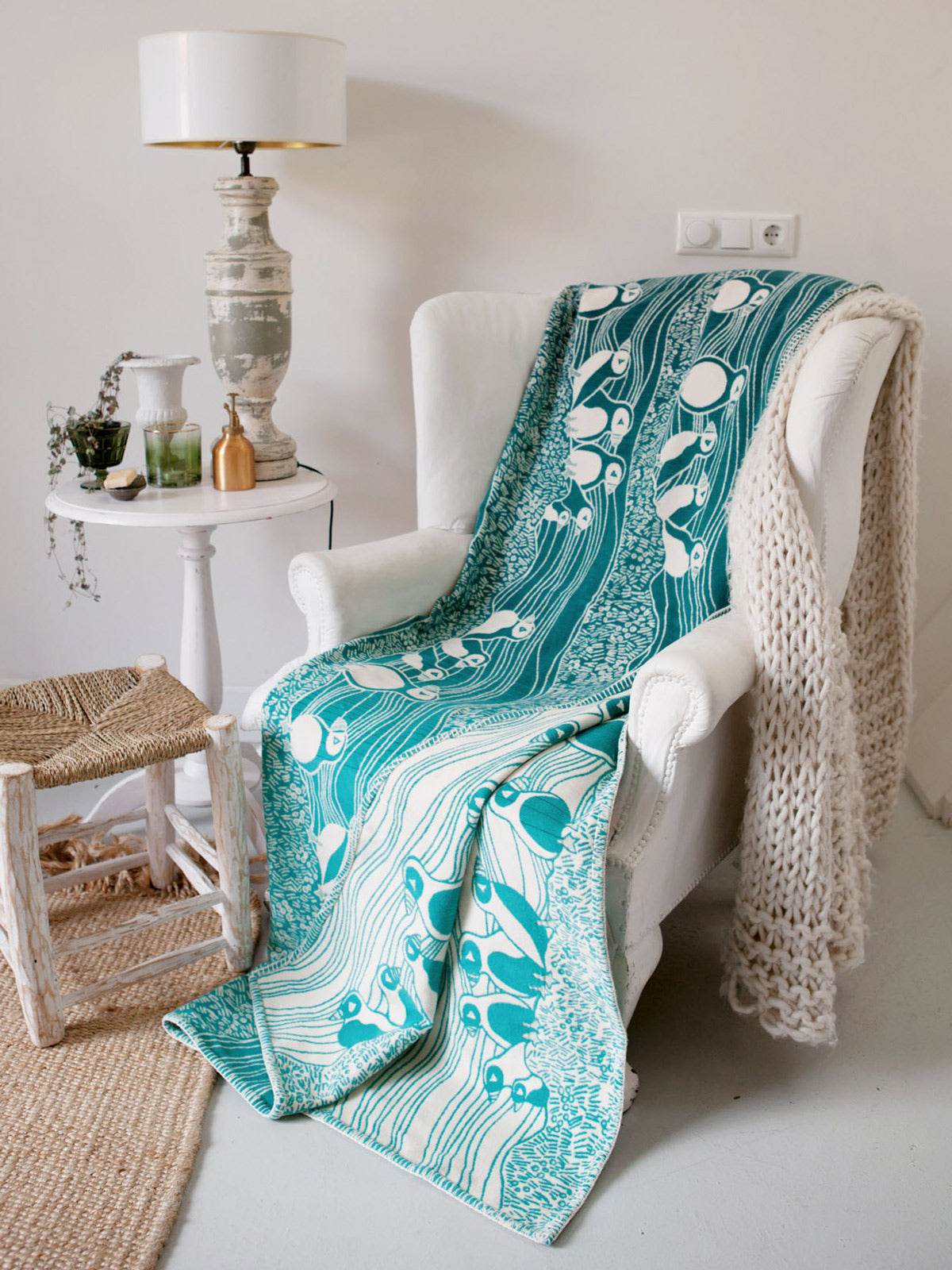
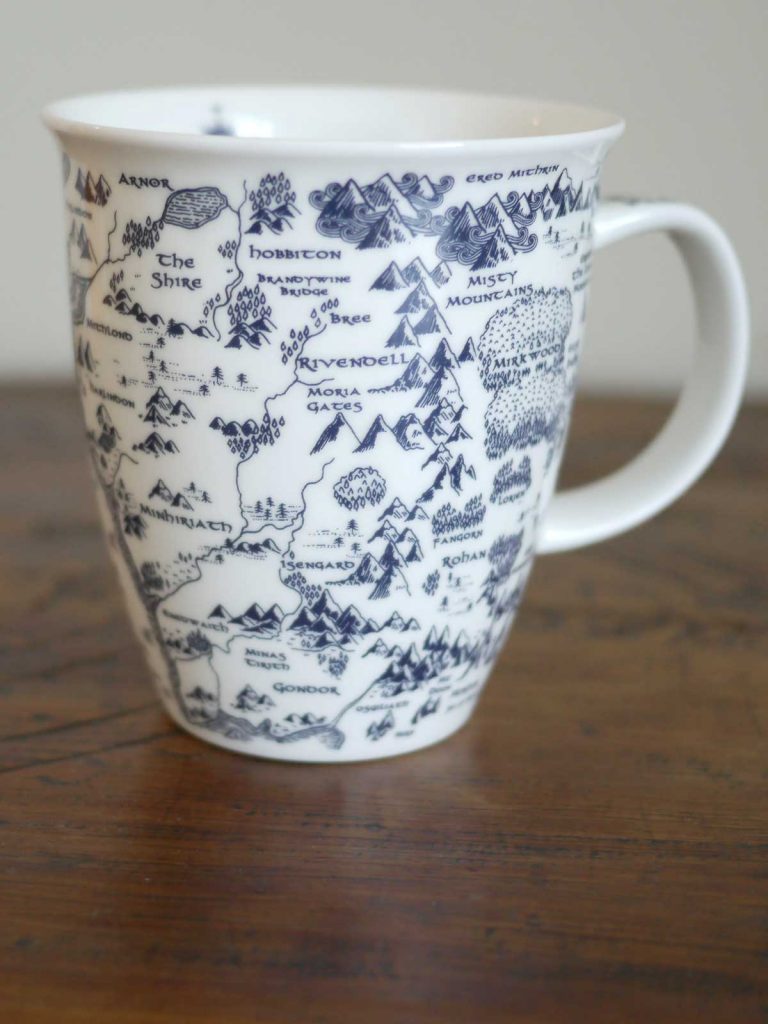
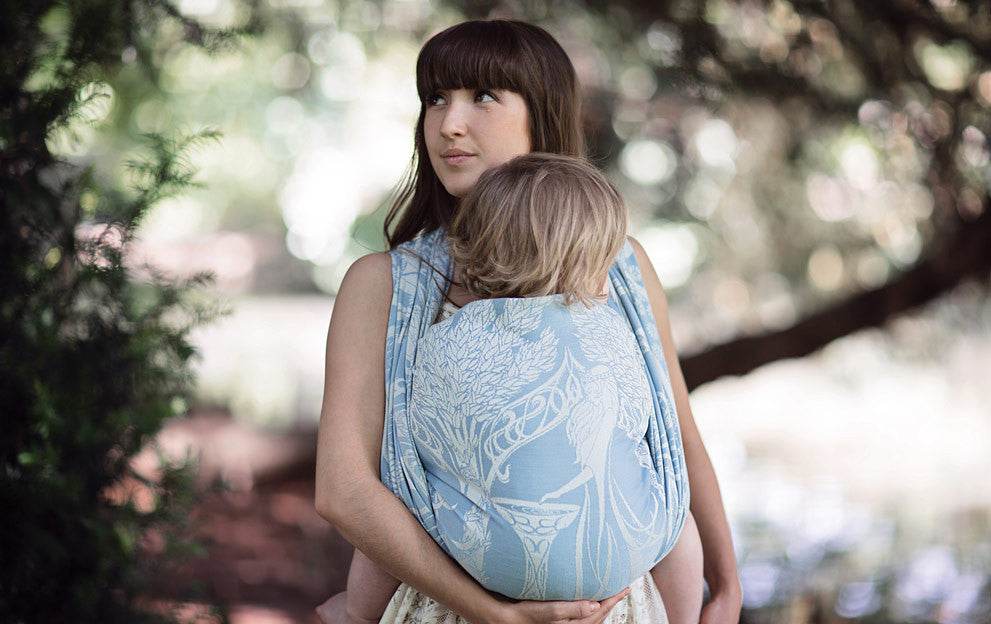
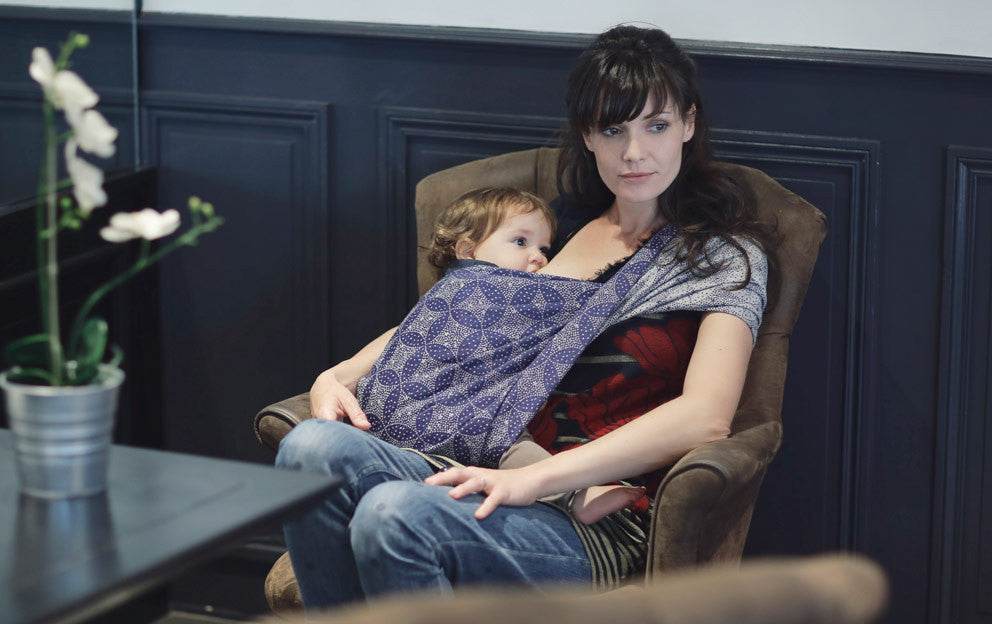
 https://oschaslings.com
https://oschaslings.com